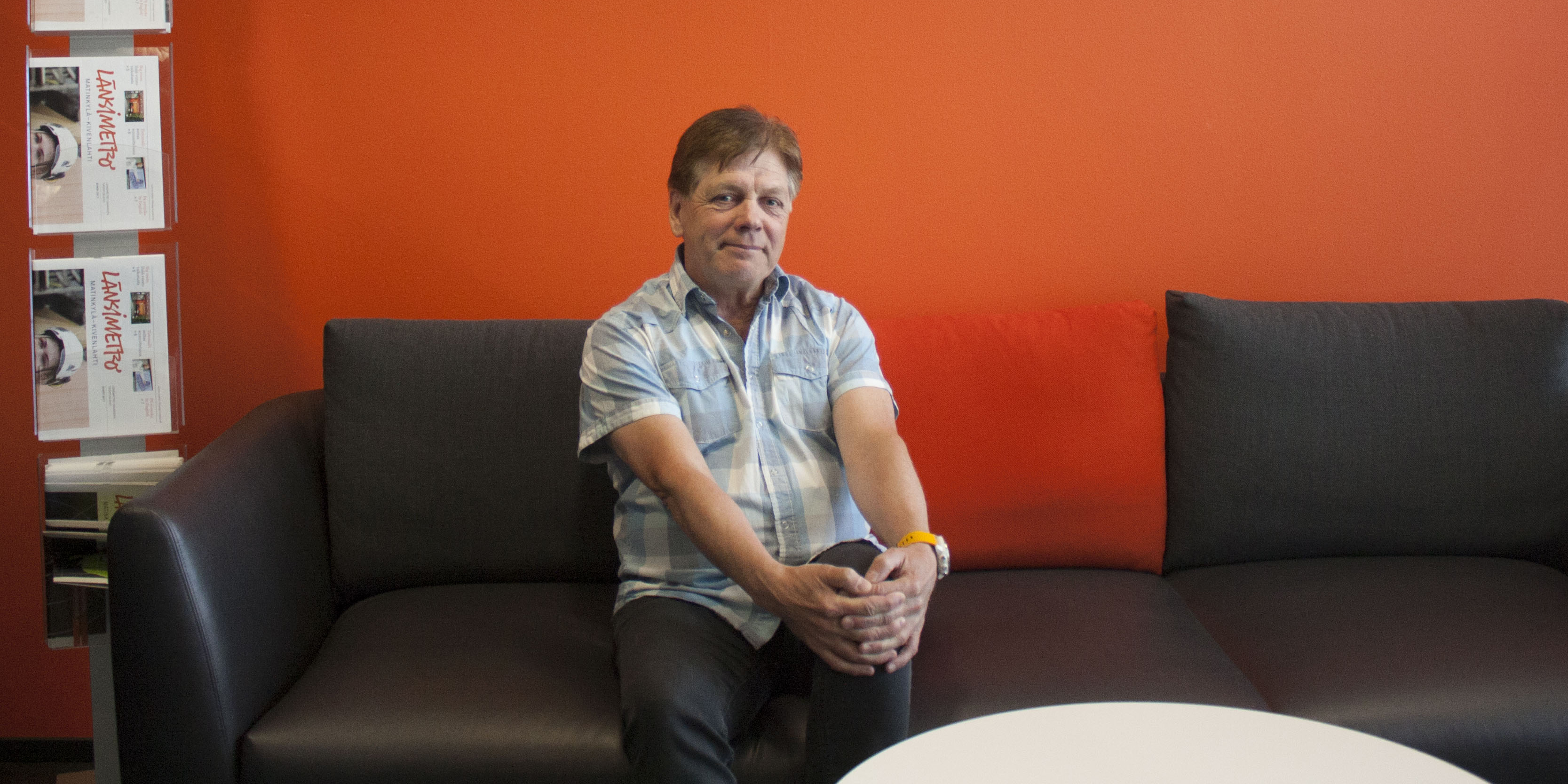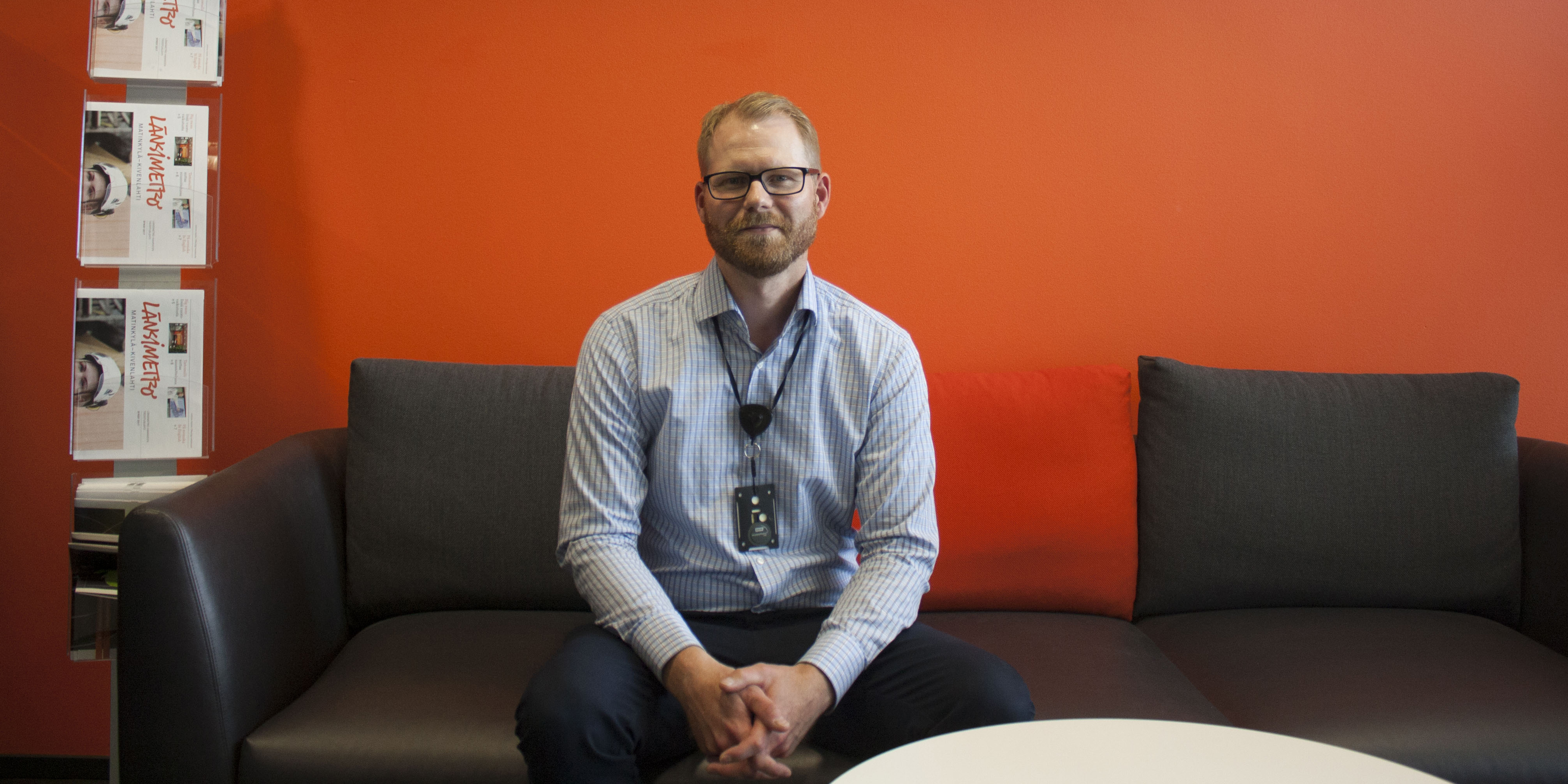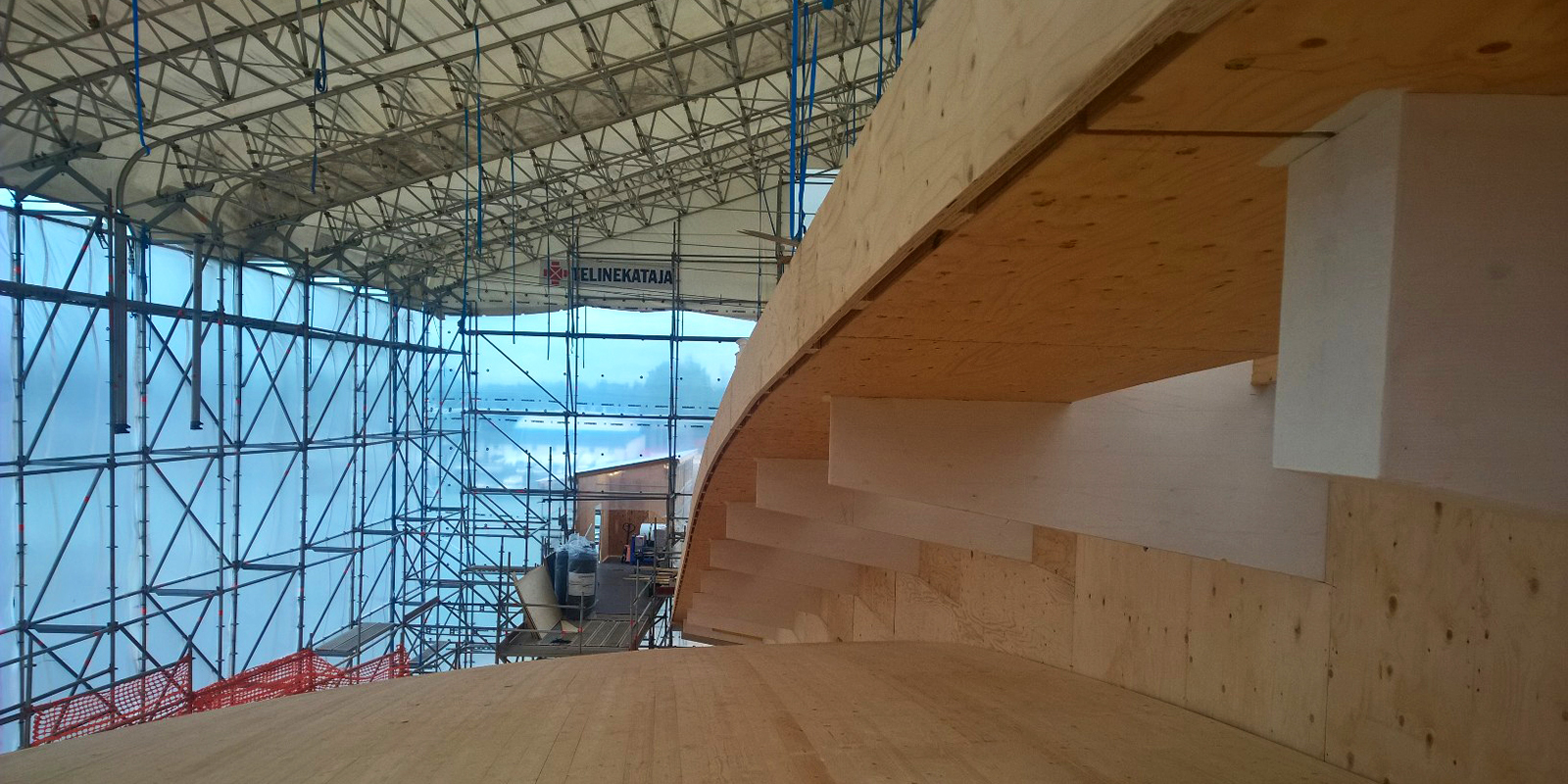Phase two of the West Metro, that is, from Matinkylä to Kivenlahti, is moving on from excavation to construction. Competitive tendering will be completed this year to find contractors for each station. Contractors with project management responsibility have already been chosen for Soukka and Kivenlahti stations. Soukka station will be built by the YIT Rakennus Oy and Are Oy consortium, and Kivenlahti station by Skanska Infra Oy. The Matinkylä to Kivenlahti railway sections will be built by Graniittirakennus Kallio Oy. The procurement notices of the remaining three stations have been published, and contractors for all the stations will be chosen by October. The Sammalvuori depot has already reached the roof wetting stage. The work consists of not only building the stations, but 24 subcontracts will also be tendered out.
The West Metro consists of 52 different technical systems. Construction requires plenty of special expertise in different fields. The images on the website show the tunnel is built and in which order the metro station systems are completed.
The construction work will continue until 2022, after which the project will proceed to the commissioning phase. The goal is that the seven-kilometre rail line together with its five stations and depot will be handed over to the operator, HKL, during 2023. The lesson learnt from the first phase is to set aside enough time for the commissioning phase, joint use tests, other testing and official inspections. Construction will end once the stations and railway sections are handed over to the operator HKL to commence traffic services.
In March 2018, the City of Espoo reviewed its project plan from 2012 for the second phase. The revised cost estimate for the entire project is EUR 1.159 billion.





